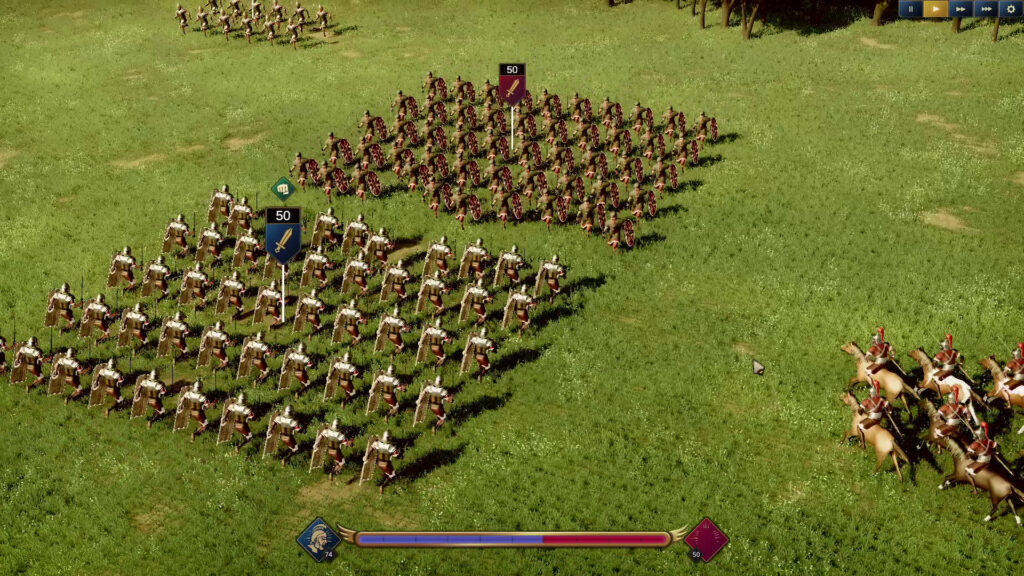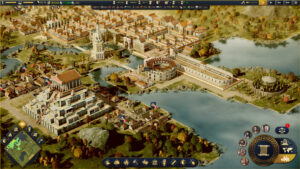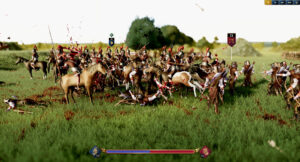Previously we have already studied the differences between a strategy game and a tactical game and the difficulty of differentiating some video games, which may have both elements in their approach. However, now we want to look back to discover which was the first strategy game. To carry out this study, we are going to go back to the origins of the video game itself.
Some people consider that the first video game in history was Tenis For Two, by William Higginbotham, in 1958. That game played a sports simulation on the screen of an oscilloscope, and was exhibited at Brookhaven National Laboratory as part of an open house. Although that was the first video game accessible to the public, there is a previous development that can be considered as the first video game in history. That title is OXO, from 1952, and it is also the first strategy game of all time.
First strategy computer game.
OXO is a program developed by Professor Alexander S. Douglas of Cambridge University, and was part of an experiment to study the interaction between humans and early computers. In this case, the computer was an EDSAC (Electronic Delay Storage Automatic Calculator) model that allowed writing, storing and reading the data entered. The hardware was equipped with cathode ray tube displays that allowed visual information to be collected from the storage.
While the computer was inordinately large compared to today’s hardware, it featured three small screens with a 35 × 16 matrix, one of which was programmed to display a 9-square board in 3 rows and 3 columns. On this simple board a game of tic-tac-toe was played, against a primitive artificial intelligence, which was able to place its pieces to win the game. For his part, the human player placed his pieces by means of a telephone marker, which assigned each of the numbers to a position on the board.
Initially, the game was called noughts and crosses, but since the reflection of the pieces were O and X, it was known as OXO. Since tic-tac-toe is essentially a strategy game, based on anticipating the opponent’s moves, we can say that OXO is also the first strategy video game in history.
First modern strategy games.
For more complex strategy games, those that pretend to simulate a real situation, we have to move several years later. Already in the 70’s, we find some examples that are reminiscent of more current games. This is the case of The Oregon Trail (a text-based strategy game, which was distributed for educational purposes) or Empire (a turn-based war game developed by Walter Bright).

Finally, if we want to further refine our search and find out which was the first real-time strategy game, again it is necessary to jump in time. In the late 1980s Herzog Zwei (Technosoft) was released for Sega Genesis/ Mega Drive, which can be considered the pioneer, although the popularity of the genre would explode with Dune II, by Westwood Studios (1992), which laid the foundations that would later be replicated in the Command and Conquer saga, starting in 1995.











